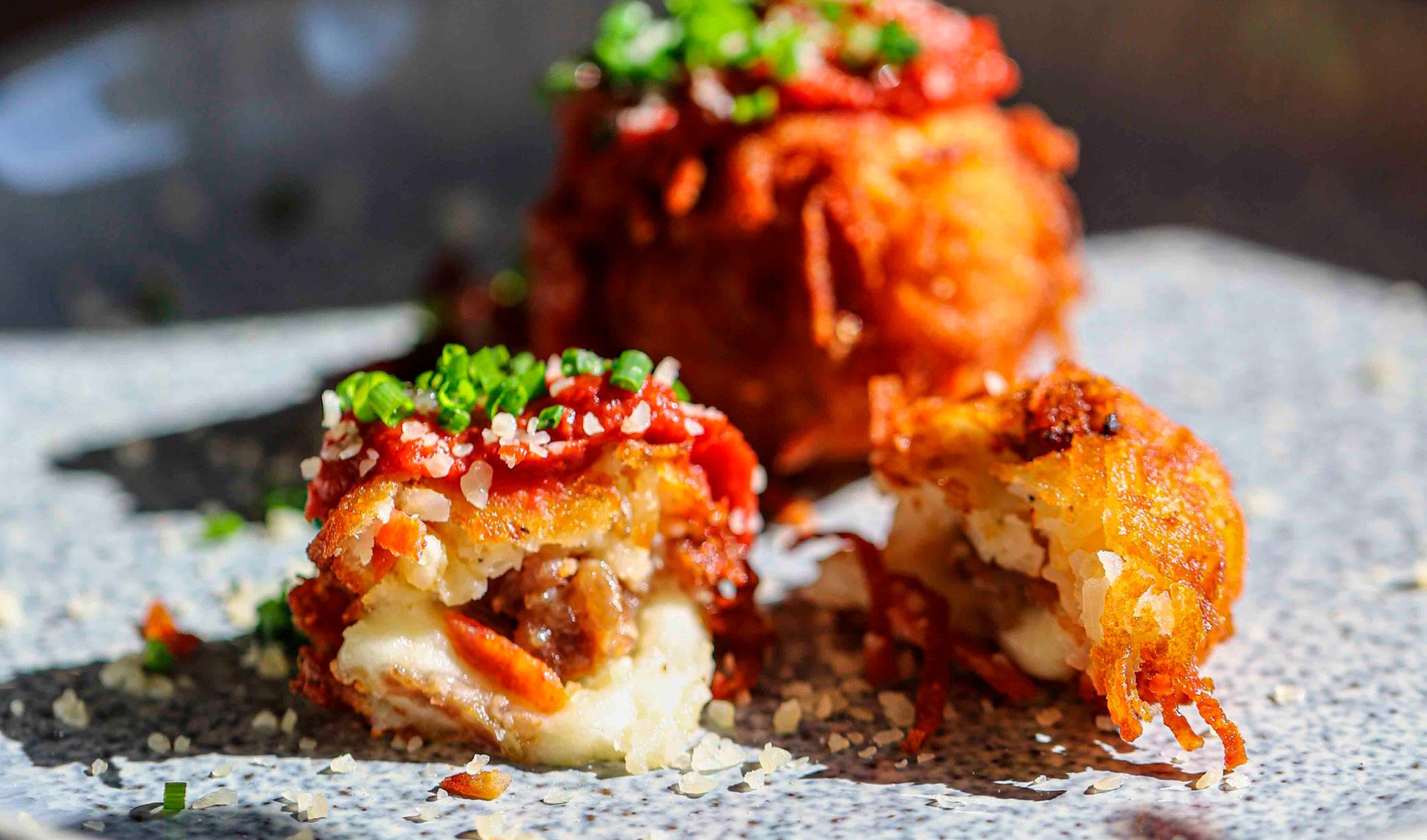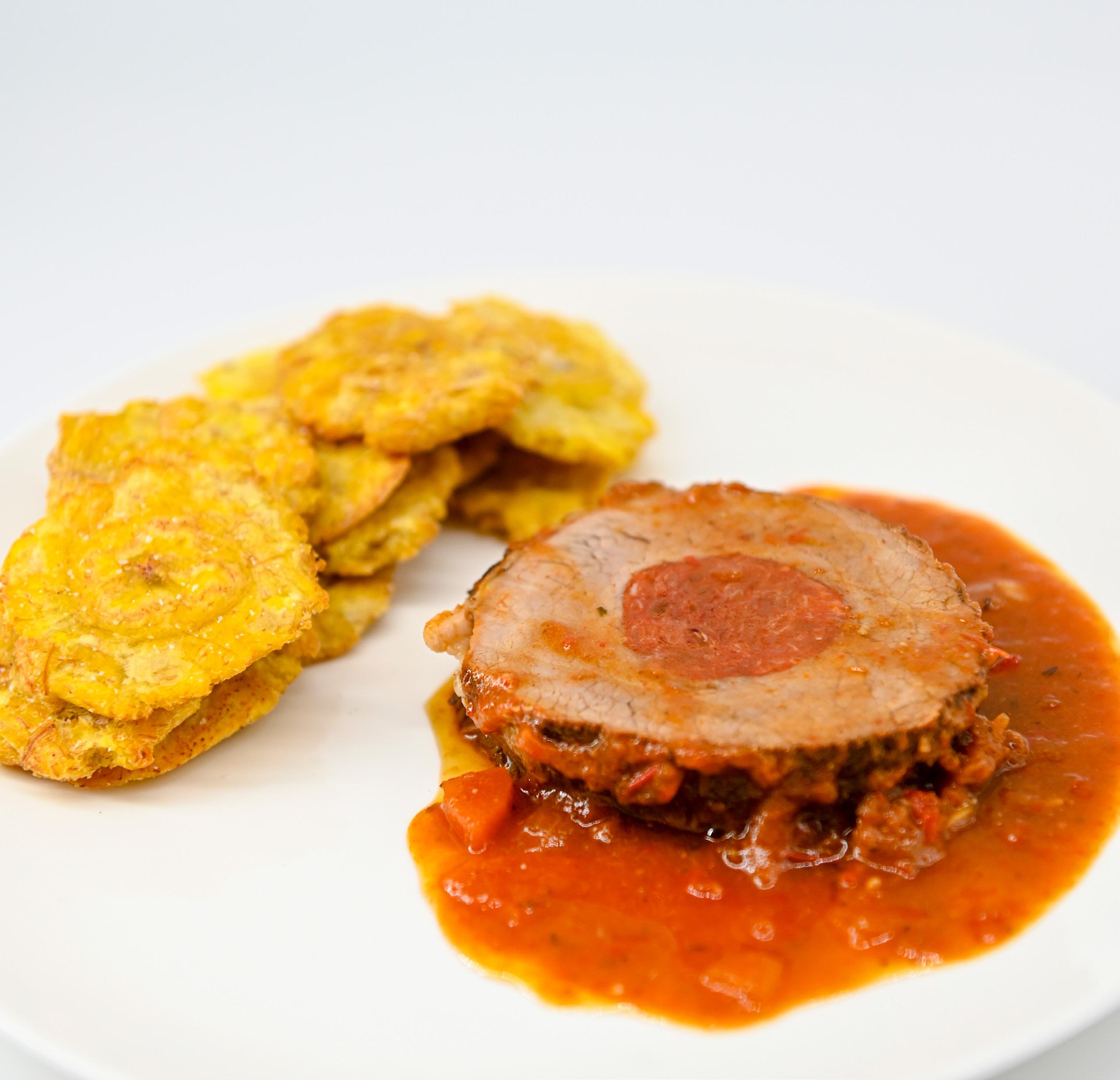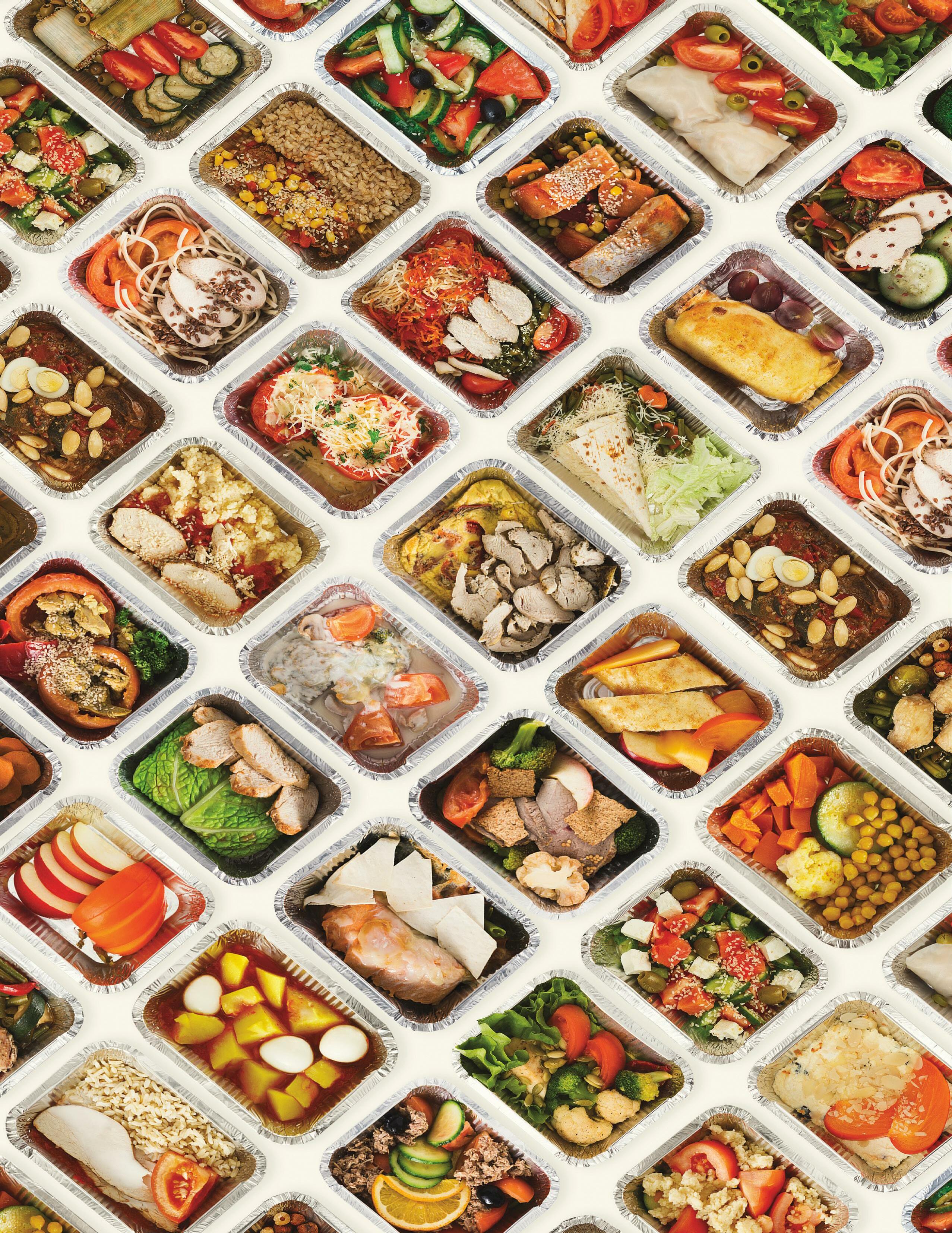
4 minute read
Pastry
from National Culinary Federation (Jan/Feb 2021)
by National Culinary Review (an American Culinary Federation publication)
IT’S ALL ABOUT THE FRUIT
Pastry chefs are expanding their repertoire of cake recipes with this naturally sweet ingredient // By Robert Wemischner

Who doesn’t love a good cake? The grand dame of desserts never goes out of fashion. From rustic to refined, new wave to classic, and everything in between, cakes hold a place of pride on menus in restaurants, hotels and any place where the desire for sugary treats at teatime and dessert time cannot be denied. Cakes offer something sweet and satisfying, and adding fruit creates a new dimension of flavor.
Executive Pastry Chef Miro Uskokovic of Gramercy Tavern in New York reaches for seasonal fruits when making his cakes. “Fall and winter lead me to use locally grown New York apples, paired with organic carrots, in our apple-and-carrot cake,” he says, noting this plated dessert also features whipped sheep’smilk vanilla yogurt and an apple-and-raisin compote. “I might sneak some rye or buckwheat flour into that at times, or into my upside-down apple or pear cakes, for textural interest and a boost of nutty flavor. I also like to add some fruity accents in the fillings in our layered cakes. House-made jams and frostings edged with fruit play important roles here, too.”
Chef Uskokovic doesn’t shy away from using bleached flour for his fruit-based cakes. “Though vilified [in some health circles], it tastes better, and I get an impressive rise from the cakes, while avoiding that ‘floury’ taste of the unbleached form,” he says. “I have also expanded my pantry to include alternative sugars like jaggery, sorghum and maple syrup to amp up flavor in the cakes.”
Patrick Fahy, executive pastry chef at the Four Seasons Hotel Westlake Village, California, likes to dip into locally grown flours, which, he says “add texture and character to our recipes.” Sonora is a soft, white heritage wheat with low protein and mellow gluten, while Red Fife is a nutty heritage grain that was the standard wheat flour across North America years ago. Chef Fahy also uses rye for a little extra bite to the flavor.
“At the hotel, we mill our own flour from these grains for freshness and maximum flavor,” he says. “I find they pair with everything from chocolate and nuts to fruits, including citrus. Depending on the texture desired, for cakes featuring fruit, I’ll go a little lighter on the rye and Red Fife to keep
the flavors in balance. For lighter results, I will cut the flour with a higher percentage of cake flour to achieve that tender, even-crumb structure.”
Dana Johnson, corporate pastry chef for the PIER 22 restaurant group in Tampa, Florida, enjoys pairing spent grain with pear and apple cider when making cakes in the winter months, which, he says, adds moisture to the cakes as well as enhanced flavor and added rise. He’s also a fan of using alternative flours to balance out the sweetness of fruit cakes, with creations that use quinoa and almond flours.
On the West Coast, fresh produce abounds, even in winter. Meadow Ramsey, pastry chef at Kismet in Hollywood, says, “We are very lucky to have farmers markets, which provide all of the fruits I use in my cakes during this season, from persimmons and pomegranates to quince and grapes. I make a quince cake filled with Swiss buttercream and cubes of the cooked fruit for an almost mosaic effect. For this cake, I finish off the buttercream with a bit of labneh — well-strained, full-fat yogurt with a texture similar to whipped cream cheese — which adds a mellow, rich flavor that marries well with this Mediterranean fruit. My Swiss buttercream uses a straight-up 1-2-3 ratio: one cup of egg whites, two cups of sugar and three pounds of butter, converted to weights, of course, with a dash of salt. For some of the cakes, I might even throw 10% fruit puree into the buttercream for an intense fruity flavor.”
As the title suggests, in his new book, “Fruit Cake: Recipes for the Curious Baker,” author Jason Schreiber finds adding seasonal fruits to his creations helps cut down on the need for refined sweeteners. “[By using fruit], there are minimum amounts of sugar necessary for sweet recipes to work,” he notes. “I tend to steer as close to those minimums as I can, allowing other, more nuanced flavors to shine.” In the book, his recipes showcase fruit in freeze-dried and powdered forms as well as jams, and use poached fruit and exotic fruits like mamey, guava, kiwi and ume in layer cakes, Bundt cakes and more, going way beyond the strawberry shortcake of the classic American canon.
In addition to taking advantage of the seasons, expanding the use of fruit in cake also adds a healthful note to desserts, with the extra fiber and nutrition cutting down on the guilt. “People want delicious things that are easy to comprehend, and offering cakes with a reminder of what’s in season is always a plus,” Chef Ramsey says. “It’s a win-win, too, for bakers looking for a challenge to develop something new based on something growing locally. Asking, ‘What’s in season, and what can I do with it?’ can lead to some delicious and even health-conscious results all year long.’”
Robert Wemischner is a longtime instructor of professional baking at Los Angeles Trade-Technical College and the author of four books, including “The Dessert Architect.” Opposite from top: Nectarine kuchen and blackberry breton from "Fruit Cake: Recipes for the Curious Baker" by Jason Schreiber; Above from top: Schreiber's raspberry dacquoise cake and chocolate-orange babka; seasonal fruit cake by Grammercy Tavern's Chef Miro Uskokovic.











